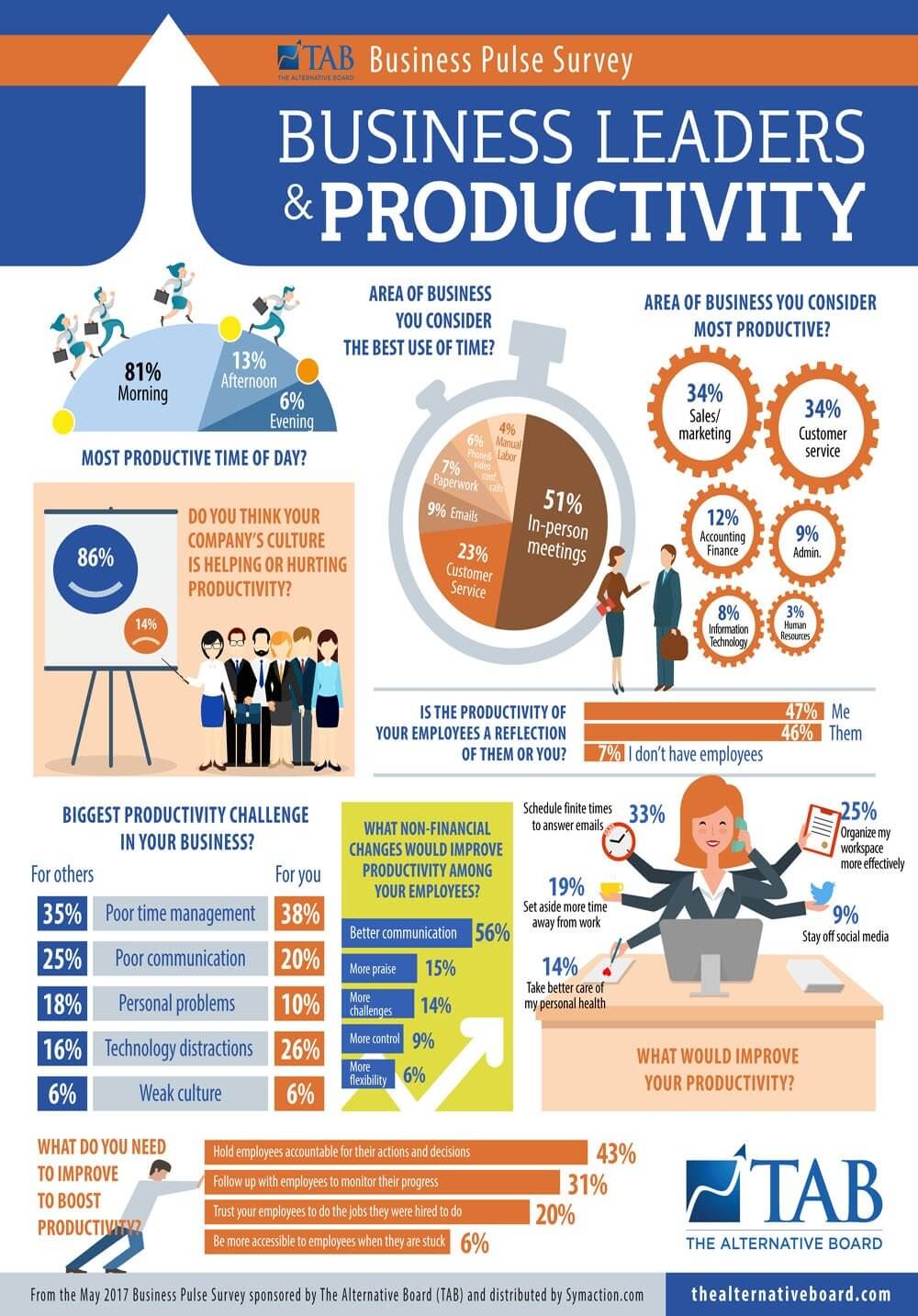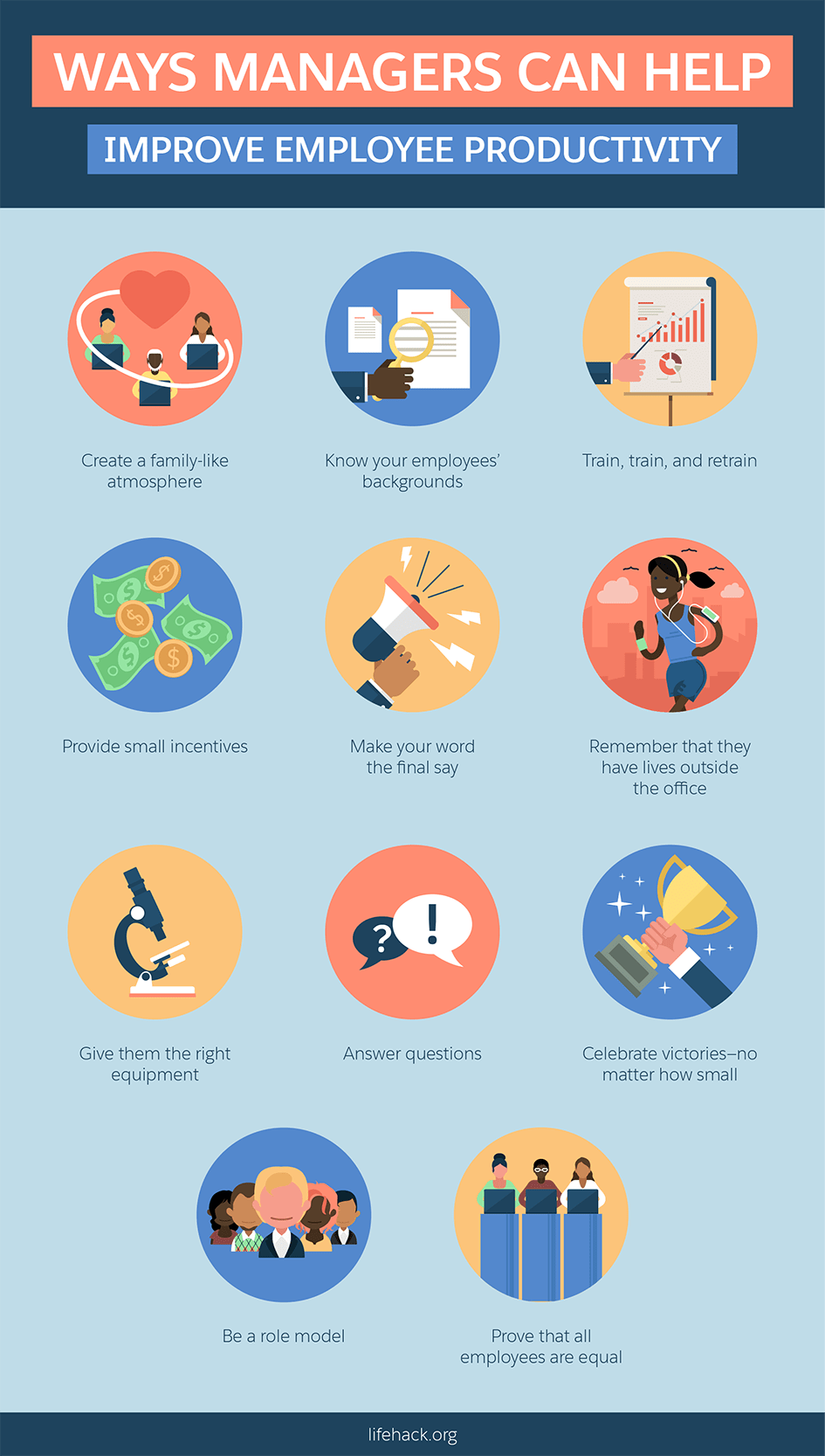What Can A Business Do To Improve Its Productivity

In today's hyper-competitive landscape, business productivity isn't just a desirable goal – it's a survival imperative. Stagnant workflows, disengaged employees, and outdated technologies can quickly cripple even the most promising enterprises, leaving them vulnerable to disruption and ultimately, failure. The quest for enhanced productivity is a constant endeavor, demanding a strategic and multifaceted approach that addresses both human and technological factors.
The core challenge for businesses is identifying the specific bottlenecks hindering their output and implementing targeted solutions. From optimizing internal processes to investing in employee training and leveraging advanced software, there's no one-size-fits-all answer. This article delves into actionable strategies businesses can adopt to unlock their full potential, boost efficiency, and achieve sustainable growth.
Streamlining Processes and Workflows
One of the foundational steps towards improved productivity is a thorough review of existing processes. Businesses should identify areas where tasks are redundant, inefficient, or unnecessarily complex.
Implementing process automation can significantly reduce manual effort and errors. For example, automating invoice processing or customer onboarding frees up employees to focus on higher-value activities.
Adopting lean methodologies, popularized by the manufacturing industry, helps eliminate waste and optimize resource allocation.
"Lean thinking provides a framework for creating more value for customers with fewer resources," according to the Lean Enterprise Institute.
Leveraging Technology for Efficiency
Technology plays a crucial role in enhancing productivity. Businesses should invest in tools that streamline communication, collaboration, and data management.
Cloud-based platforms offer scalable and accessible solutions for various business needs. From customer relationship management (CRM) systems to project management software, these tools empower employees to work more effectively.
Data analytics provides valuable insights into performance trends and areas for improvement. By tracking key performance indicators (KPIs), businesses can identify bottlenecks and make data-driven decisions.
Empowering and Engaging Employees
A highly engaged workforce is a productive workforce. Businesses must prioritize employee well-being, provide opportunities for growth, and foster a positive work environment.
Investing in training and development equips employees with the skills and knowledge they need to excel. Providing opportunities for professional advancement boosts morale and reduces employee turnover.
Flexible work arrangements, such as remote work or flexible hours, can improve employee satisfaction and productivity. A 2019 study by Stanford University found that remote workers were 13% more productive than their in-office counterparts.
Fostering a Culture of Continuous Improvement
Productivity improvement is not a one-time fix, but rather an ongoing process. Businesses should encourage a culture of continuous improvement, where employees are empowered to identify and address inefficiencies.
Regularly soliciting feedback from employees at all levels provides valuable insights into operational challenges. Implementing suggestion programs or holding brainstorming sessions can generate innovative solutions.
Businesses must be willing to experiment with new approaches and technologies. Embracing a growth mindset allows for adaptation and continuous optimization.
Measuring and Monitoring Progress
It's crucial to track the effectiveness of productivity improvement initiatives. Businesses should establish clear metrics and regularly monitor progress towards their goals.
Key performance indicators (KPIs) such as output per employee, cycle time, and customer satisfaction provide valuable insights into performance trends. Regularly reviewing these metrics allows for timely adjustments and course correction.
Using data visualization tools can help communicate progress to stakeholders and identify areas that require further attention.
In conclusion, enhancing business productivity requires a holistic approach that encompasses process optimization, technological investment, and employee empowerment. By embracing a culture of continuous improvement and diligently monitoring progress, businesses can unlock their full potential and achieve sustainable growth. The organizations that adapt, innovate, and prioritize their people will be best positioned to thrive in an ever-evolving business world. Ultimately, productivity is not just about doing more, it's about doing the right things, more effectively.


















